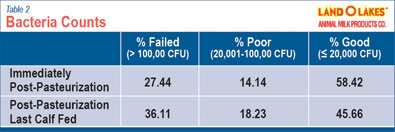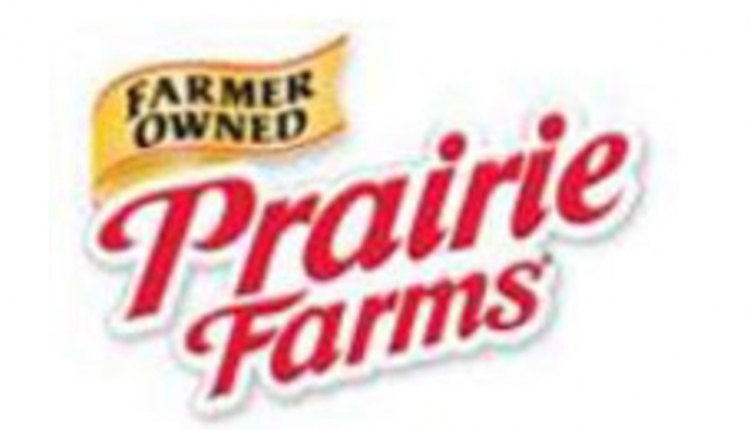
Research by Land O’Lakes Animal Milk Products Company revealed variation in nutrient content and bacteria counts in pasteurized milk fed to dairy calves might be more than expected.
“Many farms have a readily available supply of waste milk and want to feed it to their calves,” says Tom Earleywine, director of nutritional services at Land O’Lakes Animal Milk Products. “But even if you pasteurize your waste milk, it isn’t providing consistent nutrition for calves.”
Nutrient variation
“The solids levels and protein and fat percentage in your pasteurized milk can change day to day and even from feeding to feeding,” says Earleywine. “This high level of variation makes it challenging to provide a consistent, nutritious diet to young calves.”

Variations in total solids, fat and protein percentages occur when milk is mixed from cows in different lactation stages and health statuses. This can cause gaps in nutrition. Research shows total solids in pasteurized waste milk can vary as much as 6.58 percent on individual farms with protein variation of 7.9 percent and fat variation of 17.3 percent[1] (see Table 1).
Trace antibiotics
Growing concern about antibiotics in waste milk also has given some dairy producers pause when deciding whether to feed pasteurized waste milk. Of the samples in this study, 56.8 percent contained traces of antibiotics.[1] There are many factors that may impact antibiotic resistance in calves, however research shows an increase in resistance in calves fed waste milk compared to calves fed milk replacer.[2]
Bacteria counts
Pasteurizing waste milk is essential to reducing bacteria, however high bacteria counts can still be a concern. “You can’t always rely on your on-farm pasteurizer to effectively kill 100 percent of bacteria,” notes Earleywine.

In fact, more than 40 percent of pasteurizers in this study failed to kill the necessary amount of bacteria when tested immediately after pasteurizing (see Table 2). Samples tested at the last calf fed showed there was even more bacteria present at the end of the feeding.[1]
“Exposing calves to milk with a high pathogen load can increase incidences of sickness, leading to lower performance and even mortality,” says Earleywine. “Proper management of milk, pasteurizers and feeding equipment, along with supplementing a pasteurized milk balancer and feeding milk replacer to younger calves can help reduce bacteria fed to calves and improve the nutritional quality of their diet.”
This Land O’Lakes Animal Milk Products research study on the quality of pasteurized milk was conducted from October 2006 to January 2017. Pre- and post-pasteurized milk samples were collected from 618 dairies across the country with each farm feeding between 5 to 5,000 calves. Milk samples from each farm were collected for seven consecutive days to determine total solids, protein, butterfat, somatic cell count, antibiotic presence and bacteria count.[1]
To see the full research study, visit http://bit.ly/2y6zJd4. For more information visit lolmilkreplacer.com or call (800) 618-6455.
Since 1951, when Land O’Lakes Animal Milk Products Company developed the first calf milk replacer, the company has been committed to creating the best milk replacers from the best technologies and quality ingredients. Land O'Lakes Animal Milk Products Company is a division of Land O'Lakes, Inc. a national farmer-owned food and agricultural organization.
[1] Yoho, W.S. et al. T 132 Variation of nutrient content and bacteria count of pasteurized waste milk fed to dairy calves. 2017.
[2] Maynou, G., Bach, A., Terré, M., Feeding of waste milk to Holstein calves affects antimicrobial resistance of Escherichia coli and Pasteurella multocida isolated from fecal and nasal swabs. 2017.





